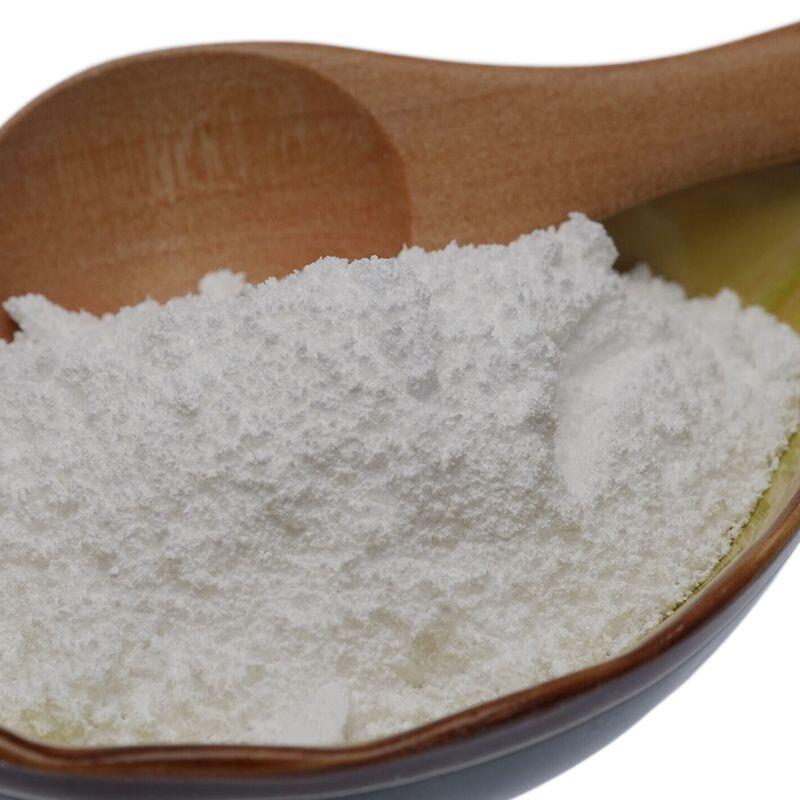-
Categories
-
Pharmaceutical Intermediates
-
Active Pharmaceutical Ingredients
-
Food Additives
- Industrial Coatings
- Agrochemicals
- Dyes and Pigments
- Surfactant
- Flavors and Fragrances
- Chemical Reagents
- Catalyst and Auxiliary
- Natural Products
- Inorganic Chemistry
-
Organic Chemistry
-
Biochemical Engineering
- Analytical Chemistry
-
Cosmetic Ingredient
- Water Treatment Chemical
-
Pharmaceutical Intermediates
Promotion
ECHEMI Mall
Wholesale
Weekly Price
Exhibition
News
-
Trade Service
The types of lower respiratory tract infections of Pseudomonas aeruginosa (PA) mainly include pneumonia, bronchiectasis (referred to as bronchiectasis) co-infection and acute exacerbation of chronic obstructive pulmonary disease (referred to as COPD), and the low respiratory tract infection caused by multi-drug resistant PA (MDR-PA) has a high mortality rate and is difficult to
Antimicrobial drug selection during empiric therapy
In patients with acute lower respiratory tract infection, empiric antimicrobial therapy
For patients with non-severe suspected PA pneumonia, empiric therapy may select an antibacterial agent with anti-Pseudomonas activity that can be used for lung infection; If the patient has severe conditions such as sepsis or risk factors for drug-resistant infection, a combination of 2 different classes of antimicrobials to which PA may be sensitive is chosen
Drug selection should refer to epidemiological data on local bacterial resistance, the patient's history of PA colonization in both lower respiratory tract, susceptibility results of infection isolates, and antimicrobial use, usually with enzyme inhibitor complexes (piperacillin/tazobactam, cefoperazone/sulbactam, ticarcillin/clavulanic acid), cephalosporins (ceftazidine, cefpiramide), and carbapenems (meropenem, imipenem), and given adequate doses
Course of antibacterial therapy
Depending on the type of infection, the initial response to treatment, and the goal of treatment, the course of antimicrobial therapy for PA lower respiratory tract infections is recommended as follows
(1) PA acute lower respiratory tract infection: mostly hospital-acquired pneumonia/ventilator-associated pneumonia (HAP/VAP), and there are also a few community-acquired pneumonia (CAP) caused by PA, acute exacerbation of COPD or aspiration pneumonia
If the patient does not have significant underlying disease, has a significant improvement in clinical conditions such as fever at the beginning of treatment (within 2 to 3 days), and the infected PA is a sensitive strain, the course of treatment is 7 to 8 days
Patients with severe underlying medical conditions (e.
The course of antibacterial therapy for acute exacerbations of COPD caused by PA can refer to PA pneumonia
.
The course of antibacterial therapy for PA-induced branch expansion co-infection is inconclusive and recommended for about
14 days.
If the causative isolate is sensitive to fluoroquinolones and the patient does not have gastrointestinal absorption problems, ciprofloxacin, levofloxacin, or sitastacin can be selected orally to complete the course of treatment after the disease resolves
.
It is important to note that PA colonization
may still be present in the airways even if clinical treatment is effective.
Compared with pathogenic bacterium eradication, symptom improvement is a more important indicator of discontinuation of antimicrobial drugs for PA acute lower respiratory tract infections
.
(2) PA chronic lower respiratory tract infection: structural lung disease (mainly branch expansion) combined with PA persistent infection, biofilm plays an important role
in it.
Long-course oral macrolide antimicrobials (erythromycin, roxithromycin, clarithromycin, and azithromycin 15-ring) or inhalation of antimicrobials with anti-Pseudomonas activity to obtain higher local drug concentrations are effective methods
against possible lower respiratory tract biomembrane infections.
For long-term antibacterial therapy, clinically it should be selected
according to the specific condition combined with the treatment goals and pros and cons.
(1) For patients with structural lung diseases such as branch expansion and pulmonary cystic fibrosis (CF) who are found to have PA infection for the first time, it is recommended to implement aggressive pathogen removal therapy, and long-term systemic and/or inhaled antibacterial therapy
can be used.
Depending on whether symptoms exceed baseline levels, intravenous administration of ciprofloxacin (500 mg twice daily) or intravenously with anti-PA β-lactams is recommended for the first 2 weeks, followed by inhaled therapy
with tobramycin or polymyxins for 4 to 12 weeks.
(2) For patients with moderate to severe brachiodiseration with acute exacerbations ≥ 3 times a year or when the acute exacerbations have a greater impact on the health of patients, in order to reduce the acute exacerbations, long-term oral low-dose macrolides (≥ 3 months, not more than 1 year) can be considered after excluding lower respiratory tract non-tuberculous mycobacterium (NTM) infection, or inhaled tobramycin or polymyxin therapy
.
Table Treatment options for structural lung disease complicated by PA infection
The above content is excerpted from: Infectious Disease Group of respiratory disease branch of Chinese Medical Association.
Expert consensus on the diagnosis and treatment of lower respiratory tract infection of Pseudomonas aeruginosa in China (2022 edition) [J] .
Chinese Journal of Tuberculosis and Respiratory Disease, 2022, 45(8): 739-752.







